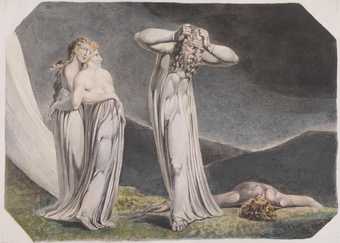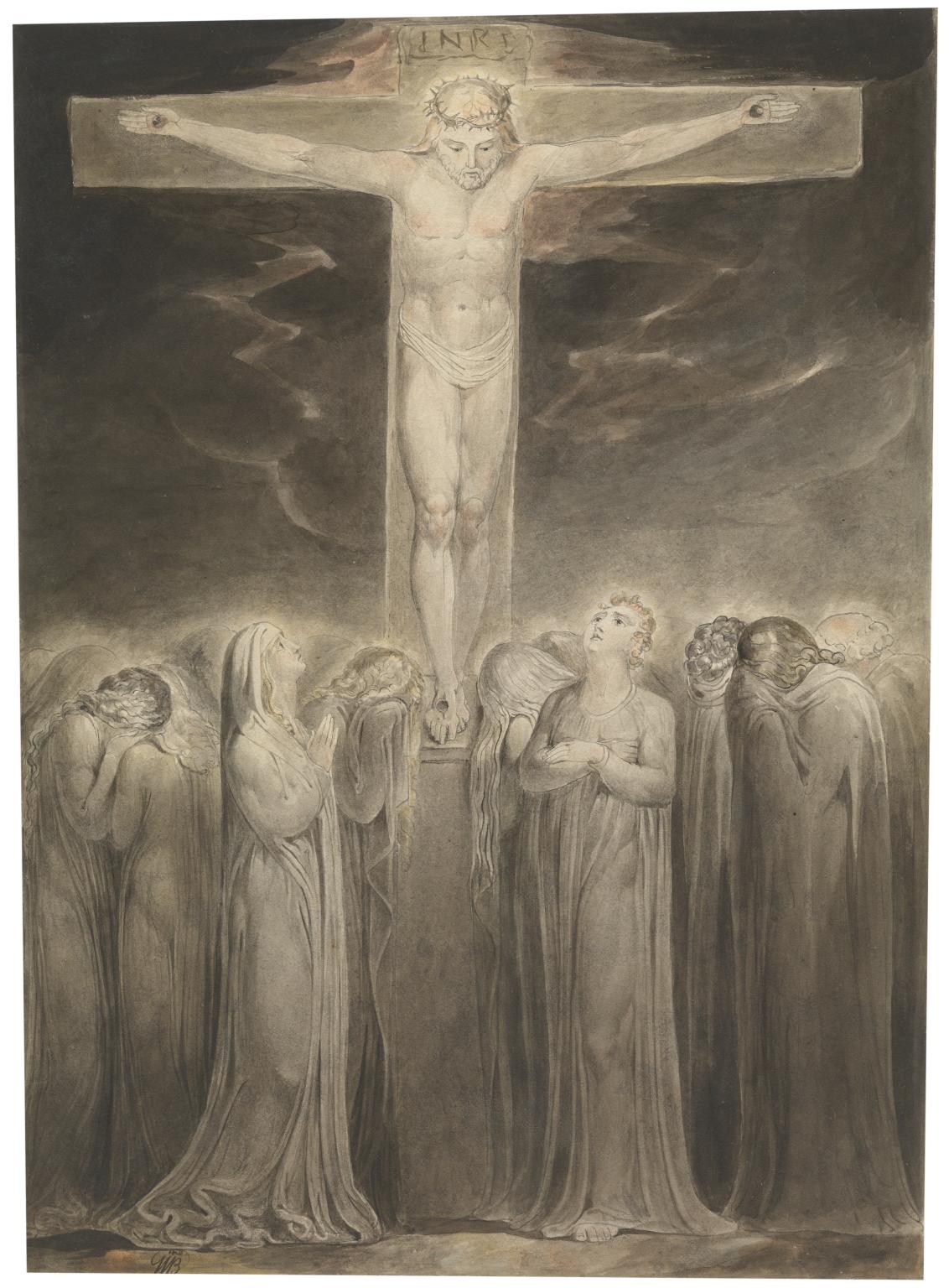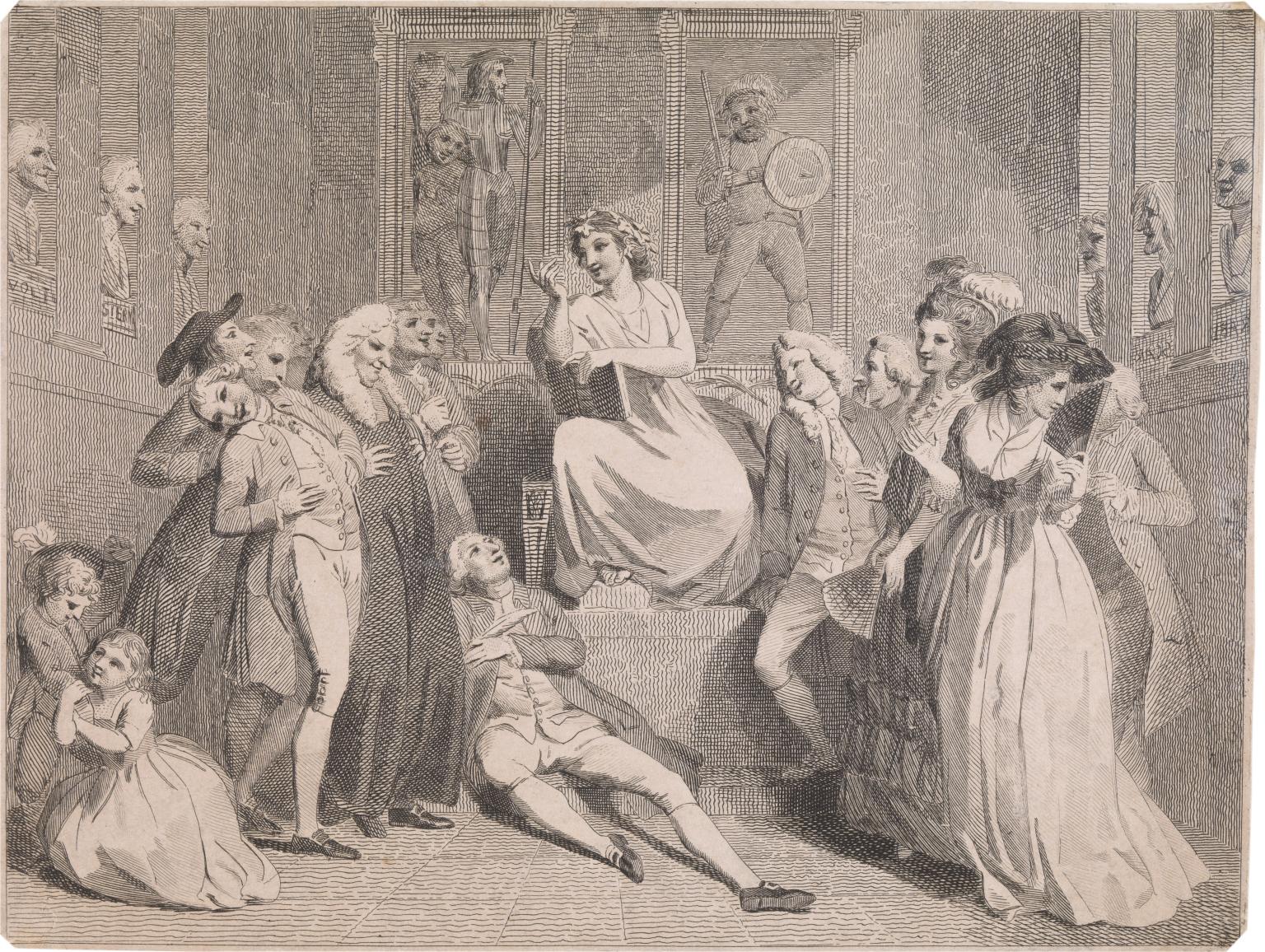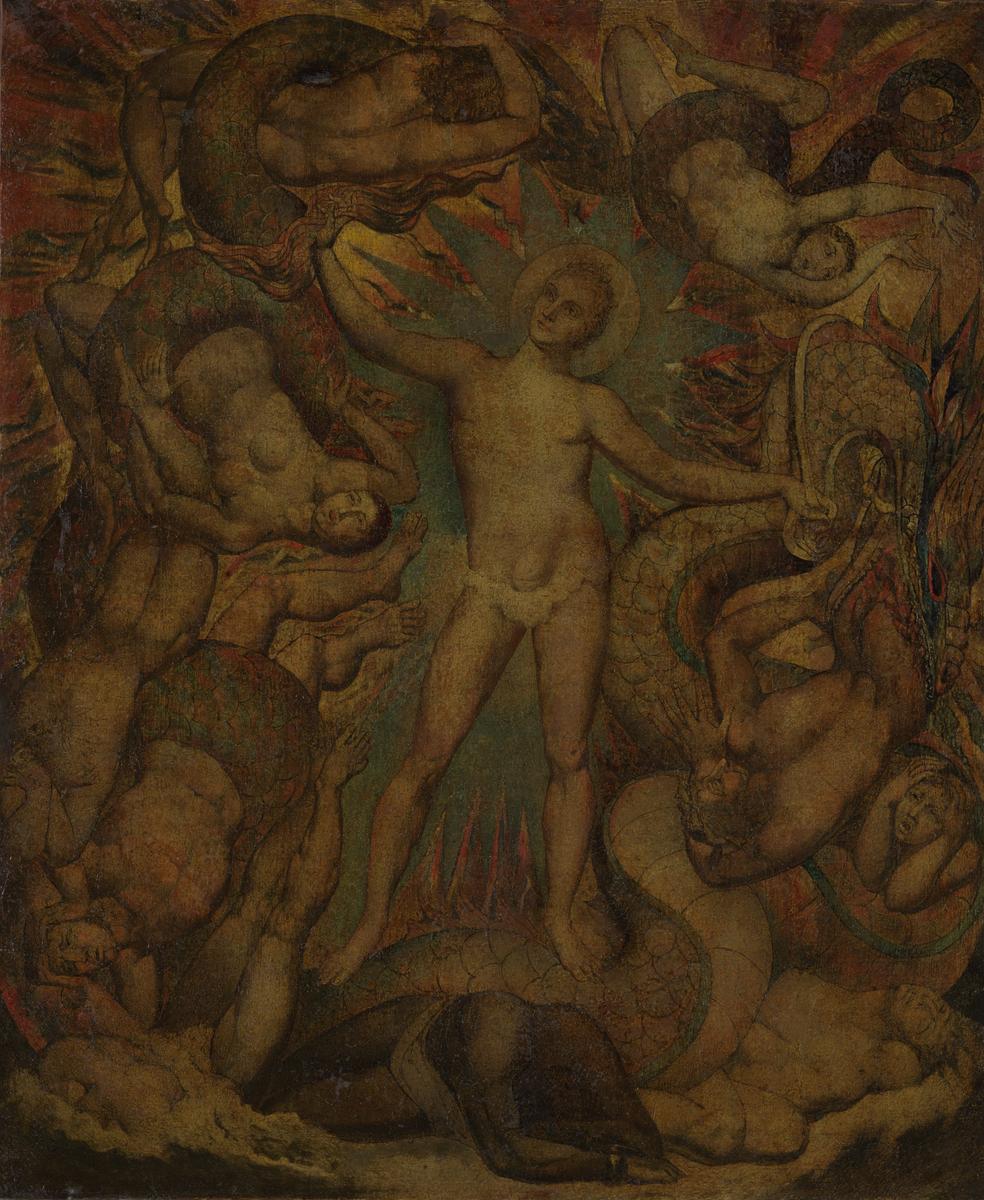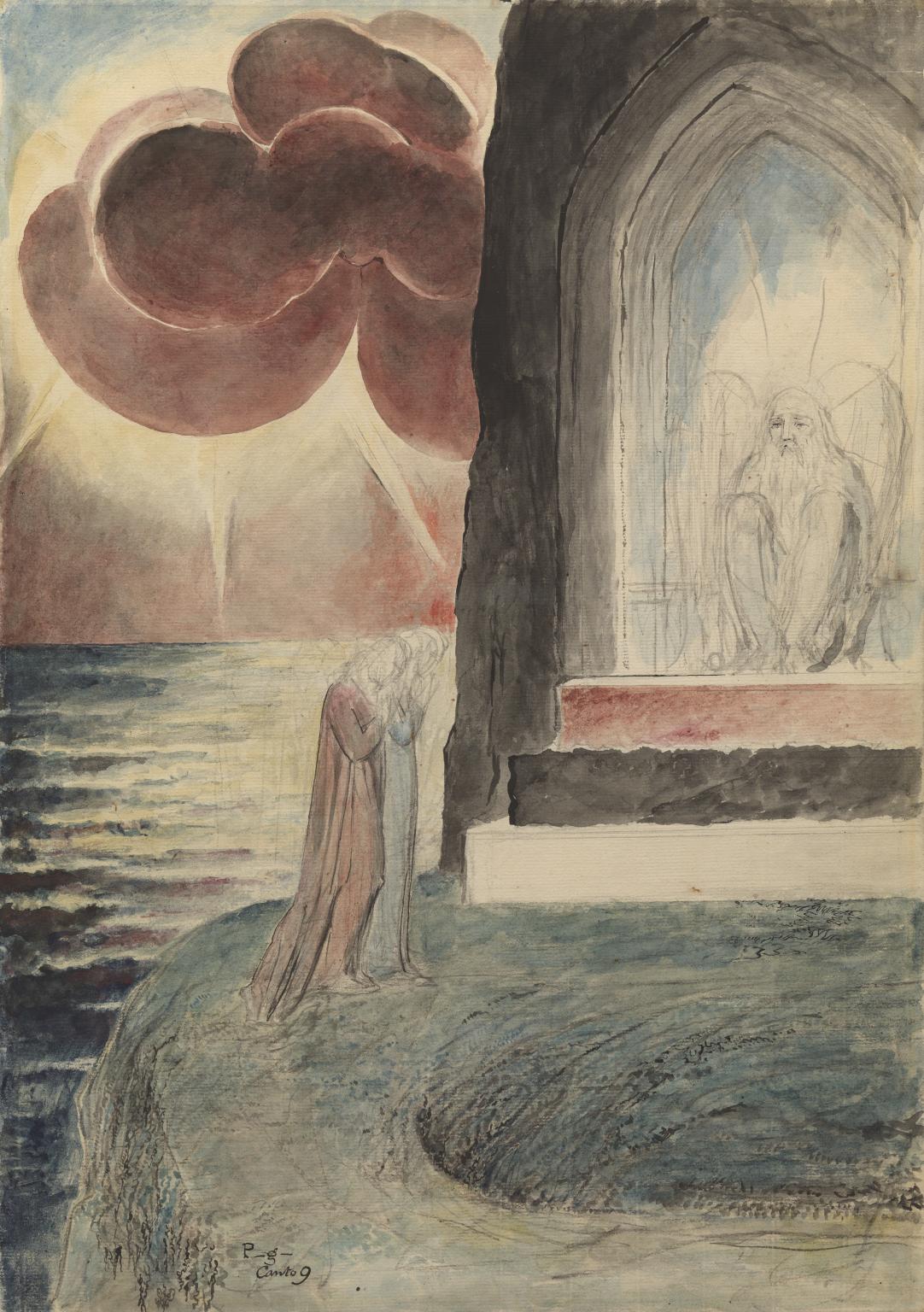17 rooms in Historic and Early Modern British Art
William Blake’s driving ambition was to be recognised as an artist of national importance. He created works of great originality and imagination
Born in Soho in 1757, Blake lived in London most of his life. This was a time of significant societal upheaval and global unrest, and his art often resonated with the rapidly changing world around him. Blake was politically radical, writing poetry that criticised empire, slavery and social inequality.
Blake trained as an engraver, relying on commissions from commercial publishers and a small group of patrons to make money. He was often employed to illustrate texts like the Bible or Dante’s Divine Comedy. Yet Blake wished to be recognised as an original artist. He aspired to paint grand public works and organised his own solo exhibition in 1809.
Regularly working late into the night, Blake pursued his own highly creative projects. He saw himself as a prophet, bridging spiritual and physical worlds through his art and poetry. He claimed to see visions which inspired his characters and personal mythology. His work also drew on his deep religious beliefs and personal struggles. To fully express his vivid imagination Blake devised new techniques in painting and printing. His wife Catherine was a vital support to him and assisted in colouring his works.
While widely celebrated today, Blake was little appreciated in his lifetime beyond a small circle of friends and patrons who admired his independent spirit and mystic persona. His reputation grew in the 19th and 20th centuries as his works circulated among artists and collectors. In recent decades, numerous artists and writers have drawn inspiration from Blake, reflecting his enduring legacy in Britain and around the world.
Art in this room
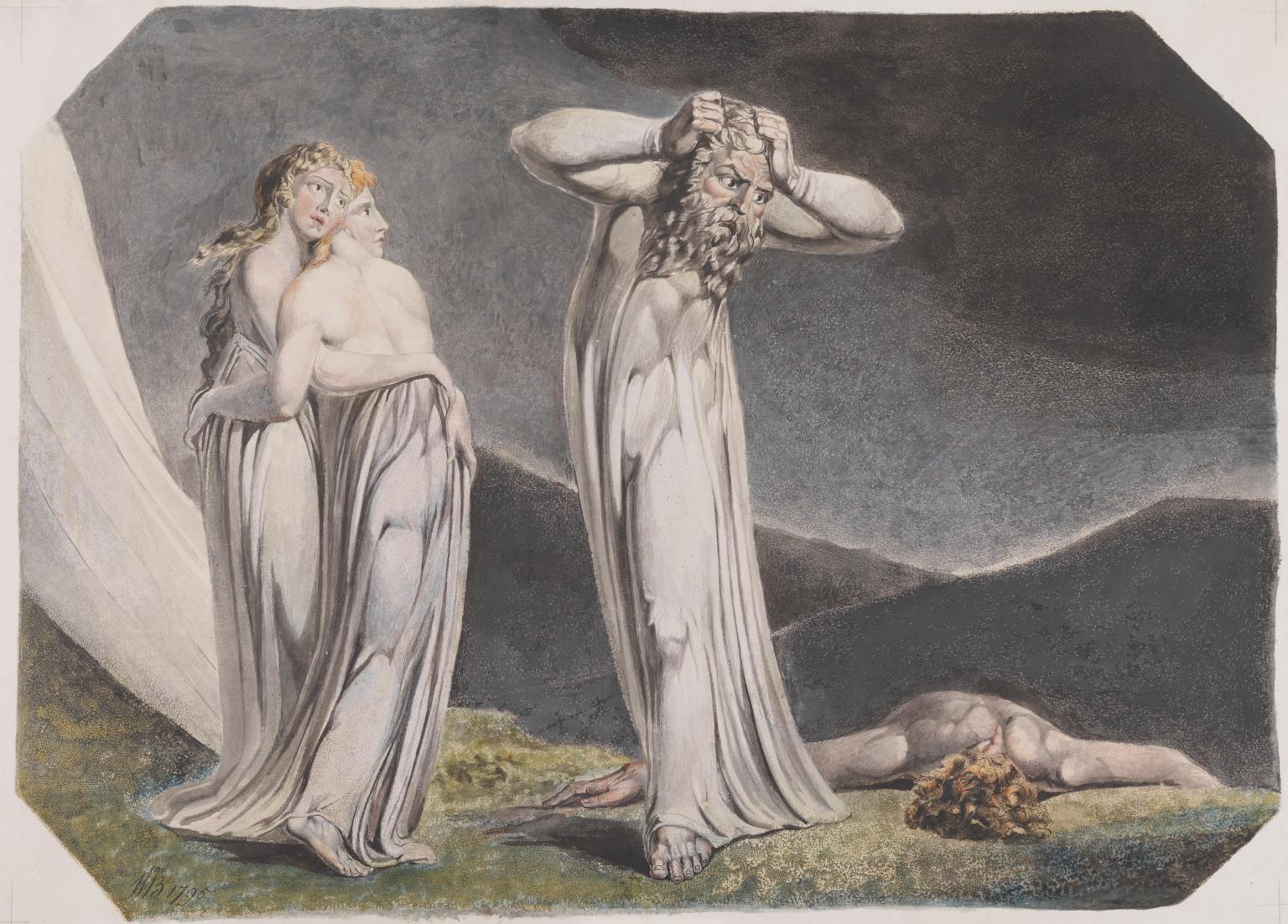

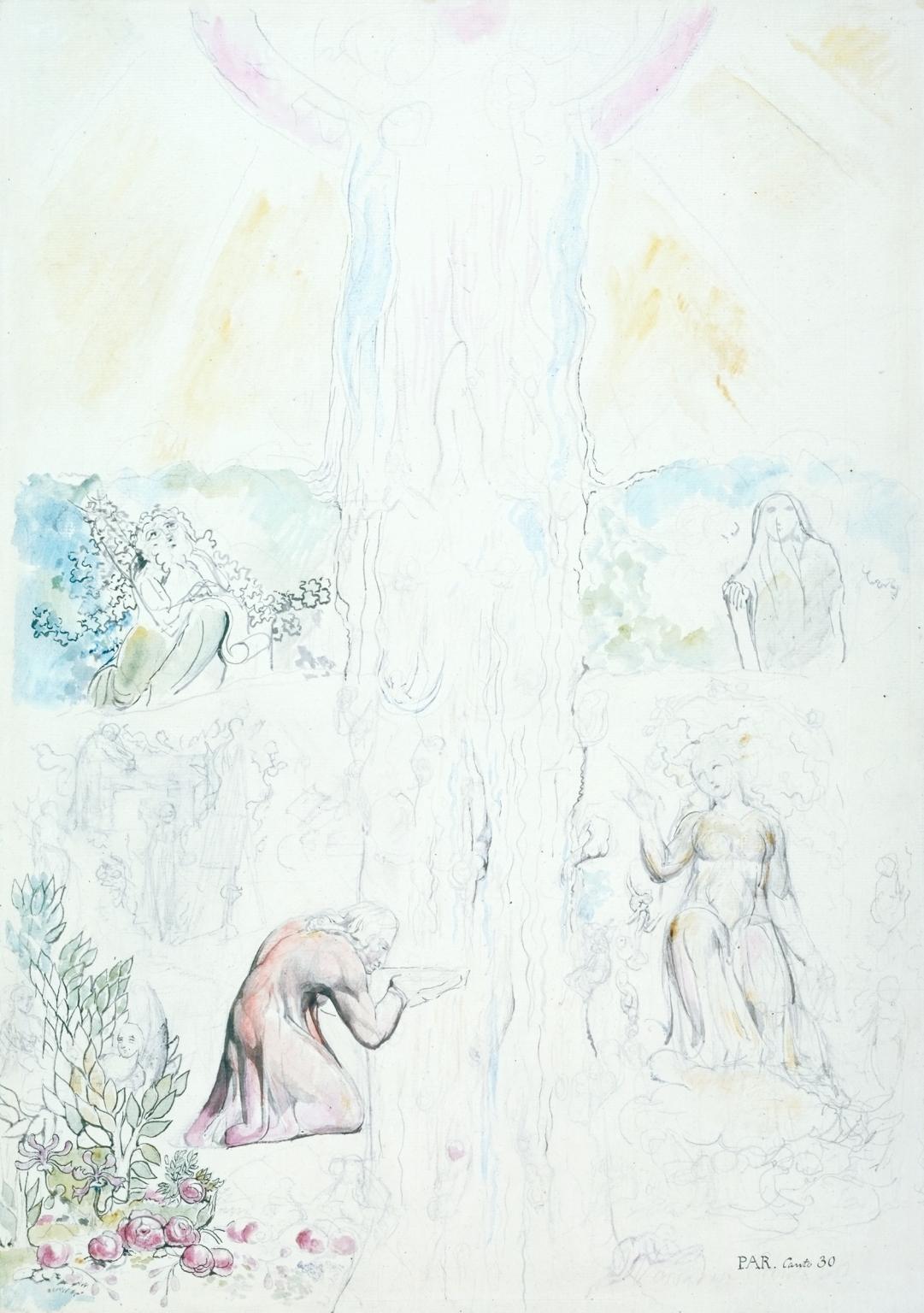


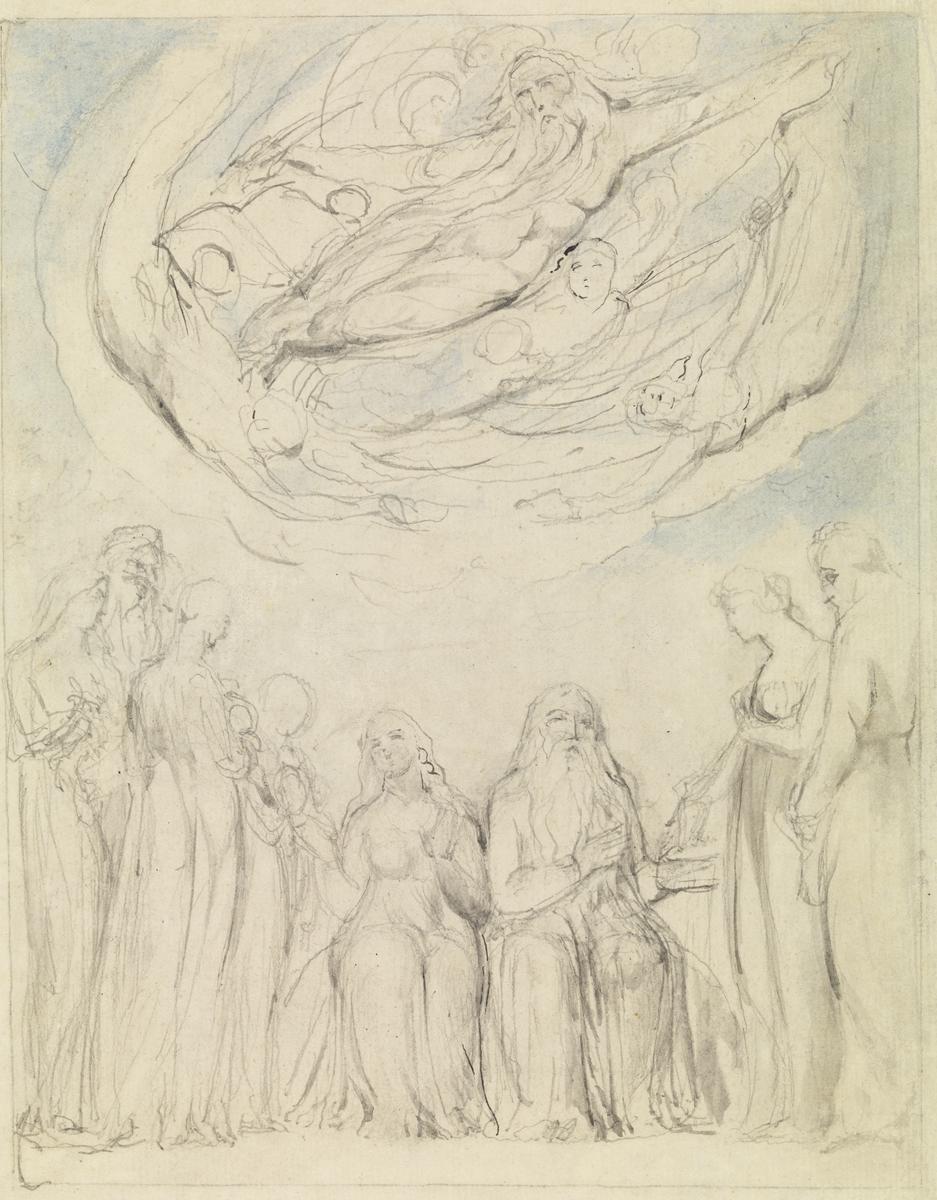
You've viewed 6/10 artworks
You've viewed 10/10 artworks

